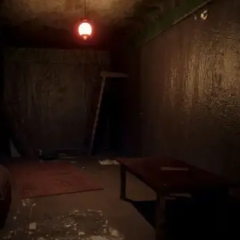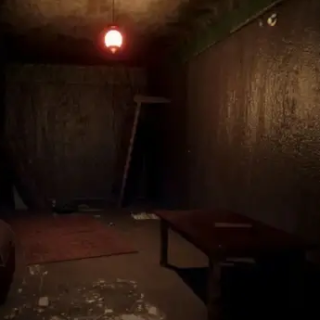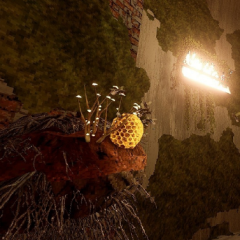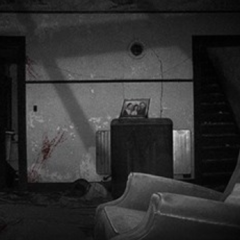Kamla is a survival horror game that takes place in India during the 1980s. Players assume the role of a spiritual healer tasked with performing an exorcism inside a once-peaceful family estate. What begins as a spiritual mission becomes a tense battle of survival as the presence haunting Kamla grows more aggressive. The game blends local folklore, ritual practice, and puzzle mechanics into a single, story-driven experience filled with unease.
Searching the Estate for Ritual Elements
Your primary objective is to complete a purification ritual, but each step requires specific objects that must be discovered and collected from around the house. The estate is divided into multiple rooms and hidden chambers, each one filled with small clues, obstacles, and eerie signs of past violence. Some items are guarded by puzzles, while others are only reachable by overcoming barriers left behind by previous spiritual failures.
Puzzle Solving, Hiding, and Ritual Completion
Progress involves more than just exploration. The house is an active danger zone, with Kamla wandering the halls, transformed and unpredictable. At times, stealth becomes necessary to avoid confrontation. You’ll need to remember safe places to hide and how to reach key areas without attracting her attention. The ritual itself must be completed step by step at the sacred fire, each stage demanding the right combination of actions and collected ingredients.
Important features in Kamla include:
· First-person horror mechanics rooted in Indian culture
· Progressive puzzles tied to object collection
· Dynamic enemy movement and hiding systems
· A final ritual sequence that changes with player choices
· Strong emphasis on spiritual themes and tension
Visual Presentation and Immersive Sound
The visuals use a muted color palette to reflect the dimly lit interior of the estate, while certain sacred areas glow with symbolic light. Sounds are minimal but meaningful—footsteps echo through long corridors, whispered phrases hint at unseen spirits, and sudden audio shifts warn of danger. This minimal but focused design keeps the player alert, making every sound a potential signal of something about to go wrong.
The game draws heavily from real-world spiritual traditions and the idea of confronting internal and external demons. The more players uncover about the house, the family history, and Kamla’s own descent, the more the experience transforms. Whether you’re drawn in by cultural depth or by atmospheric horror, Kamla offers a memorable and layered journey into the heart of possession and redemption.






























